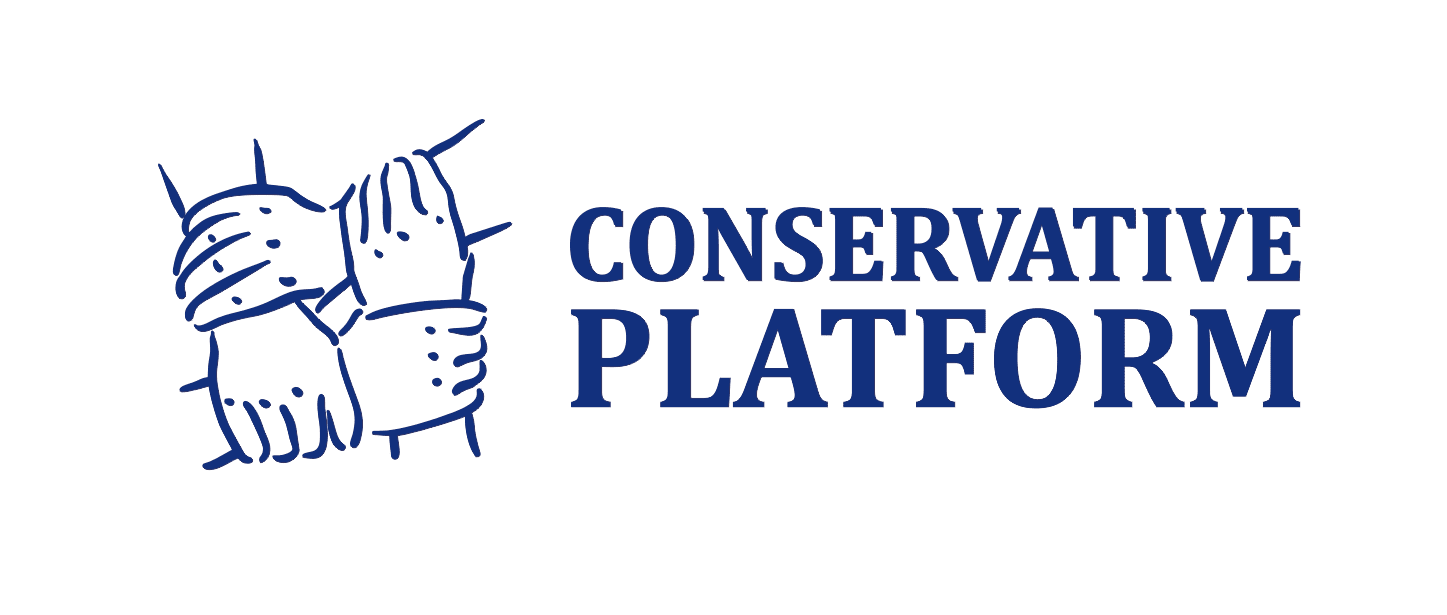The fact that Christian democratic parties emerged as part of resistance movements brought Christian democrats closer to socialists and communists. All of these parties were united by an appeal to social justice, a belief in the need for state intervention in the economy, and a rejection of liberal economic policies. It seemed that coalitions of former resistance forces-socialists, communists, and Christian democrats-would become dominant in Europe. If this scenario had been realized, it is likely that the history of the second half of the twentieth century would have been very different. Europe would most likely have become neutral, which would have significantly strengthened the position of the USSR in the Cold War.
Since 1947, geopolitical changes have taken place in the world that have significantly weakened the leftist influence in Christian democratic parties.
In the early postwar years, the Communists were considered one of the democratic parties in the West. They were seen as a reformist party that recognized elections and called for the establishment of democratic parliamentary republics in Europe. Both the victorious countries and European societies perceived the Communists as a full partner in the anti-fascist consensus.
It became a European norm that communists were part of coalition governments of the countries and individual states of occupied Germany. But the Kremlin’s unexpected turn and its demand that communist parties confront “bourgeois governments” significantly changed the European agenda. It is the policy of the Kremlin and the communists it controls that has contributed to the strengthening of centrist tendencies in Christian democratic parties.
As a result of the 1946 elections, a coalition was formed in France, which included the PCF, Christian Democrats, and Socialists. But in 1947, the Soviets demanded that the Communist Party, which they sponsored, leave the coalition and begin a confrontation with the “bourgeois government of France.” This change of political course came as a surprise to the Christian Democrats, the Socialists, and the French Communists themselves.
As a result of the confrontation between the Communists and other forces, other parties, including the Christian Democrats, made a significant shift to the right. Although the People’s Republican Movement later remained the most left-wing of all Christian democratic parties in Europe, the PRM unequivocally supported the creation of NATO, established cooperation with Germany, and rejected any possible alliance with the Communists as extremely unreliable partners.
Events in Italy followed a similarly confrontational scenario. During the war, both communist and Christian Democratic partisans, along with other parties, managed to establish cooperation and create the National Liberation Committee. This committee formed the postwar government of Italy.
In the postwar period, at the insistence of the USSR, Italian communists began to pursue a policy of fierce confrontation. Cooperation between other parties and the Communists seemed almost unrealistic. Accordingly, the left-wing circles in the Christian Democratic Party of Italy were weakened.
The results of the first postwar parliamentary elections in Italy were as follows: Christian Democrats – 48.51%, People’s Democratic Front (a bloc of the Italian Communist Party and the Italian Socialist Party) – 30.98%.
To this day, one can hear the opinion that the 1948 election results were won by the CDU due to American intervention and the influence of the Catholic Church. Neither the CDU’s alliance with the Vatican nor the American assistance can be denied, but the main reasons for the victory were completely different.
While the CDP emphasized the need to normalize and stabilize life in the country, the Communists emphasized the need for confrontation with the “bourgeois government.” This is what drove a significant number of voters away from the ICP.
The fact that the Communists were in favor of handing over Trieste, whose main population was Italian, to Communist Yugoslavia, also worked against them.
These factors were decisive in the election defeat of the Communists and the victory of the Christian Democrats.
Of course, there have always been conservative circles within European Christian democratic parties, but they have traditionally had little influence on the policies of their own parties.
A certain change in attitudes toward the word conservative occurred in the 1980s during the so-called “neoconservative revolution.” Neocons changed not only the economy but also discursive practices. The words “conservative,” “neocon,” and “liberal economics” became prestigious and symbolized success, strength, efficiency, and dynamism. Most Christian democratic parties began to position themselves as an association of centrist, conservative, and liberal politicians. However, positioning does not always equal practice. The ideology of Christian democratic parties continued to be based on the fusion of centrist and leftist ideas that had been laid down in the 1940s and 1950s.
Author: Konstantin Kanishev




